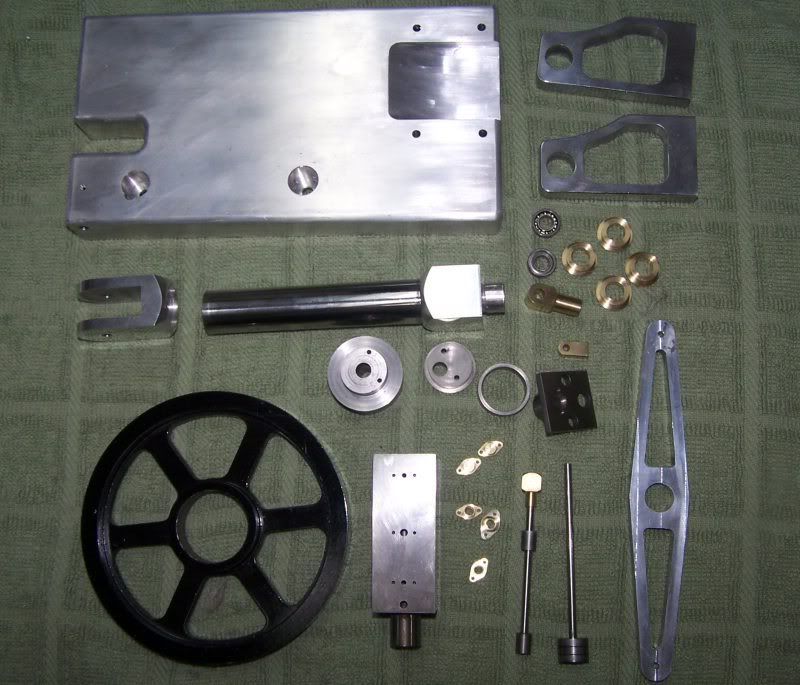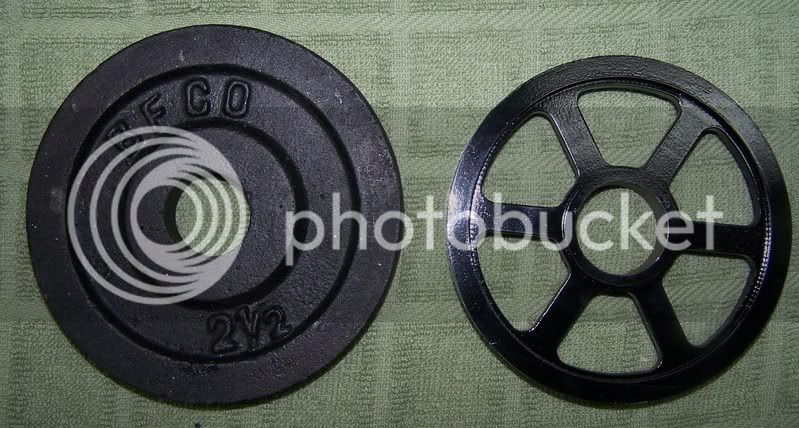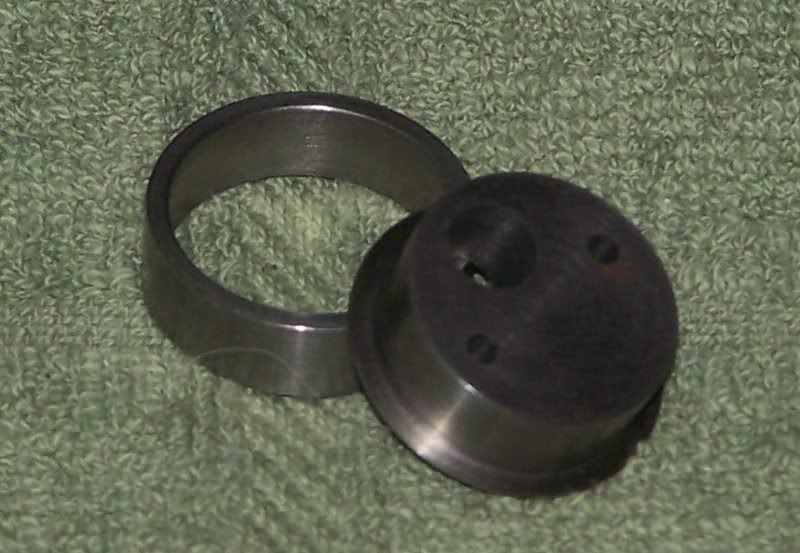I have a question here about the operation of this engine that I can't quite get my head around. When I had assembled the piston/rod assembly and valve in the cylinder, but before I had any linkages hooked up, I tested the action of the valve by manually moving it back and forth within what seemed to be its usual limits of travel, to see what the piston/rod assembly would do. and it worked exactly like I assumed it was supposed to.--At one limit of valve travel, the piston rod stroked "out" quite forcefully. At the other range of valve movement, the cylinder stroked in---with a BIT less force, because some air escapes around the hole where the piston rod comes out through the cylinder head, and because the piston surface area is reduced on that side by the rod diameter. Last night I had the engine running quite succesfully on 18 PSI, when I made the video. Today, after I got my new silver solder I soldered some of the linkages that connect the valve, and this created an immediate "bind" situation. I then disassembled everything, and filed and polished the shafts, and after a couple of hours of "frigging" I got it to run again, but it takes 80 PSI to run it. While attempting to get it running again, I did a lot of playing around with the timing of the eccentric (which is really the only "adjustment" on it,) other than the length of the various linkages which I did not change. What I noticed was, that by adjusting the eccentric position I was able to determine when the power stroke (piston extend)started, relative to the crankshaft "throw" position, but I was NOT able to achieve a point where the piston rod retracted under power. Its almost as if my double acting cylinder is actually performing as a single acting cylinder, with power only on the piston extend side, but no power on the piston retract side. I know that my parts are all built exactly to scale, in terms of linkage lengths, etcetera, and I am just as sure that the original Elmers engine which I based this one on did run as a true double acting engine. Do you think that if I had the length of the eccentric rod (from center to center) adjusted incorrectly that it would cause this to happen.???? I'm at a bit of a loss here, and other than trying longer and/or shorter center to center adjustments on the length of this eccentric rod, I don't know how to diagnose this situation. Also, when the engine is running, I feel and hear definite pulses of air coming out the top of the cylinder head, which Gail says are caused by the upper end of the cylinder "exhausting"----however I do not feel or hear similar bursts of air coming from the hole at the bottom of the cylinder, which I assume would be the case if the cylinder was truly "double acting" and the lower end of the cylinder was exhausting.---HELP PLEASE.---Brian




